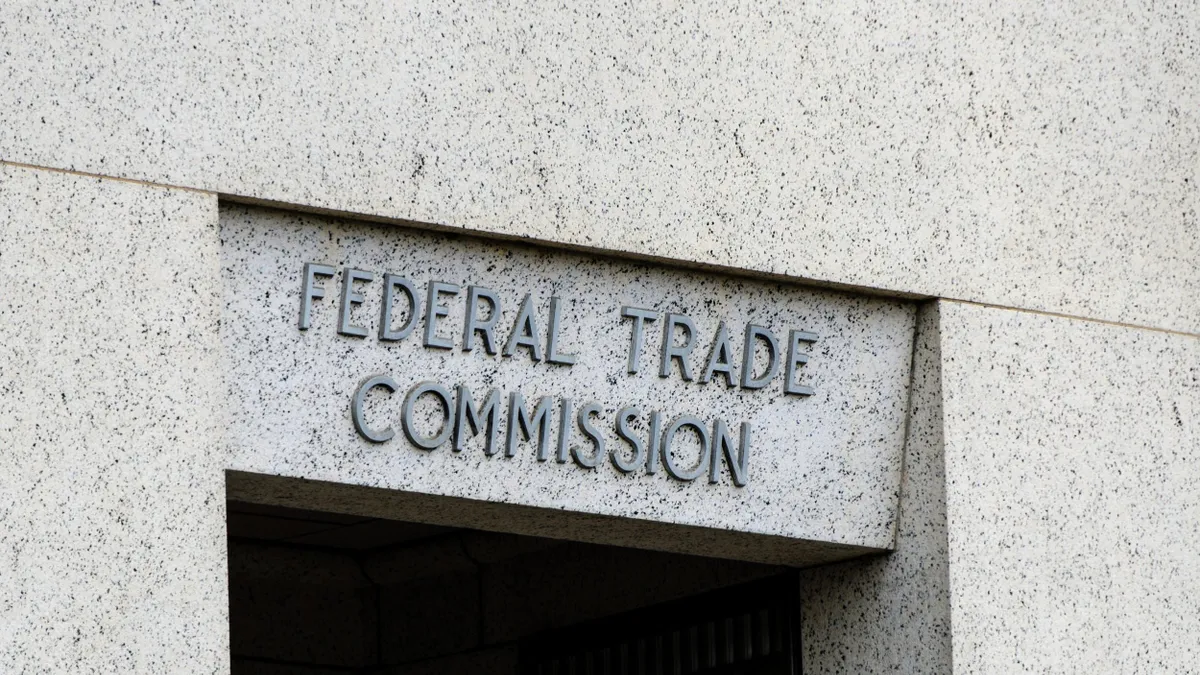A lawsuit filed earlier this month alleging that a Fortune 500 company overpaid for prescription drugs presents an opportunity for employers to revisit their approach to prescription drug benefits, according to sources who spoke to HR Dive.
A healthcare policy and advocacy director for Johnson & Johnson claimed in the suit, filed in the U.S. District Court for the District of New Jersey, that the company breached its fiduciary duties under the Employee Retirement Income Security Act, “costing their ERISA plans and their employees millions of dollars” by way of the alleged drug overpayments.
For example, the plaintiff alleged that a 90-pill prescription of multiple sclerosis drug teriflunomide would cost as little as $40.55 to fill at a retail pharmacy, but that Johnson & Johnson’s plans paid more than $10,000 for the same size supply — an amount 250 times higher.
A spokesperson for Johnson & Johnson denied the claims in a previous statement to HR Dive, and the case remains in litigation, according to court records. But Cheryl Larson, president and CEO of the Midwest Business Group on Health, said the suit is “absolutely” a wake-up call for employers given recent regulatory shifts.
Specifically, the No Surprises Act, passed as part of the 2021 Consolidated Appropriations Act, requires employer-based health plans to submit annual prescription drug data reports to the Centers for Medicare and Medicaid Services. The law put pressure on employers to provide data in an effort to control drug costs, Larson said, but it did not make similar requirements of other intermediaries in the pharmacy benefit ecosystem — namely, pharmacy benefit managers, or PBMs.
In the Johnson & Johnson suit, the plaintiff alleged that the company agreed to pay set prices through its PBM arrangement for certain drugs, including teriflunomide. The plaintiff also alleged that Johnson & Johnson agreed to terms under which plan members were incentivised to have their prescriptions filled at a mail-order pharmacy owned by the PBM despite that pharmacy’s prices being “routinely higher” than those at competing pharmacies.
Larson said that while she did not think it is common for employers to pay significantly higher amounts for generic drugs under their plans, it is difficult for employers to obtain information from PBMs about the prices that PBMs pay drug manufacturers to acquire the drugs, and the difference between that price and the price charged to the employer. This is known as the spread price.
“In the pharma benefit world, there is no transparency, and the employer has no idea what the spread is,” Larson said. “Employers are not privy to what is going on, yet they are accountable for those relationships with these intermediaries.”

The opaque supermarket
Prescription drug benefits are a confusing area for employers, said Rick Kelly, national pharmacy practice leader at Marsh McLennan Agency, in part because a typical benefit plan covers hundreds of different medications. This large volume directly affects how employers negotiate their PBM contracts, he added.
“A lot of times where there’s a negotiation between the employer and the PBM, it’s about how … an employer get[s] the best overall deal,” Kelly said. “What’s the total cost of the basket of goods of the prescriptions that they’re purchasing?”
Kelly used the analogy of a supermarket. Employers, he said, try to get the best possible price on the sum of the goods in their carts. While it is possible that an employee could buy a given drug at a pharmacy for a lower price by not using their insurance coverage, or by leveraging a prescription discount service, employers don’t seek to overpay on specific drugs when negotiating with PBMs.
“No one is essentially trying to overpay on a given script, but I think sometimes they’re saving a lot of money on specialty [drugs], or on [a] brand, or sometimes they’re saving a lot of money on all generics,” Kelly said.
There are a number of challenges employers face in PBM negotiations, however. For instance, drugs may be defined differently across different formularies — the PBM-maintained lists of medications covered by plans — and even these definitions have some leeway, Kelly said. PBM contracts also tend to have complex financial terms and language; “It’s critical that an employer has someone with some expertise evaluate, review and negotiate those deals,” Kelly added.
Employers seeking greater transparency
Customer satisfaction with PBMs has declined in recent years, according to a 2022 Pharmaceutical Strategies Group report. Meanwhile, a list of trends compiled by a recent MMA report noted that employers are seeking transparent PBMs who can give them a better understanding of drug pricing.
So far, that has not translated to a rush of employers looking to make a change. A 2023 survey by the Business Group on Health found that only about 9% of employer respondents planned to change their PBMs. But the organization’s “subsequent conversations with smaller subsets of [BGH] members indicate that [request-for-proposal] activity may be on the rise,” Magda Rusinowski, VP at the Business Group, said in an email to HR Dive.
“It’s critical that an employer has someone with some expertise evaluate, review and negotiate those deals."

Rick Kelly
National practice leader, Marsh McLennan Agency
With transparency lacking in the overall pharmacy context, employers need to be specific about what they are seeking in a PBM arrangement, Kelly said. Employers may want more insight into what they will pay and when for a given drug, or they may want to have more information about spread pricing or specific drug definitions, for instance.
“Transparency is really important, but that word has unfortunately been so overused in the marketplace that its meaning has become diluted a little bit,” Kelly said. “The ability to get into cost structures, how the PBM is paid, how it will be held accountable, all of those things will fall into the area of transparency.”
Plan audits can help employers access more of this data, but the problem is that the average self-insured employer cannot afford to do an audit, Larson said. At the most basic level, she said employers can ask their PBMs what the spread pricing of a particular drug is and what effect it has on plan members.
“Employers should be comfortable demanding data that they can understand and act upon, and being pushy in that regard,” said Rae McMahan, senior VP of payer solutions at healthcare technology company Prescryptive.
Employers also may want to take note of organizations like Blue Shield of California, which revamped its pharmacy benefit program in 2023 with the goal of simplifying price structures and saving some $500 million annually, Healthcare Dive reported.
Overall, however, the Johnson & Johnson suit represents a chance for employers to consider these and other options more closely, said Larson.
“This employer is one of thousands of employers,” she continued. “It could’ve happened to anyone. Let’s use this opportunity to learn and require that our intermediaries are more accountable so that we can continue to offer high-quality benefits to employees and their families.”
















